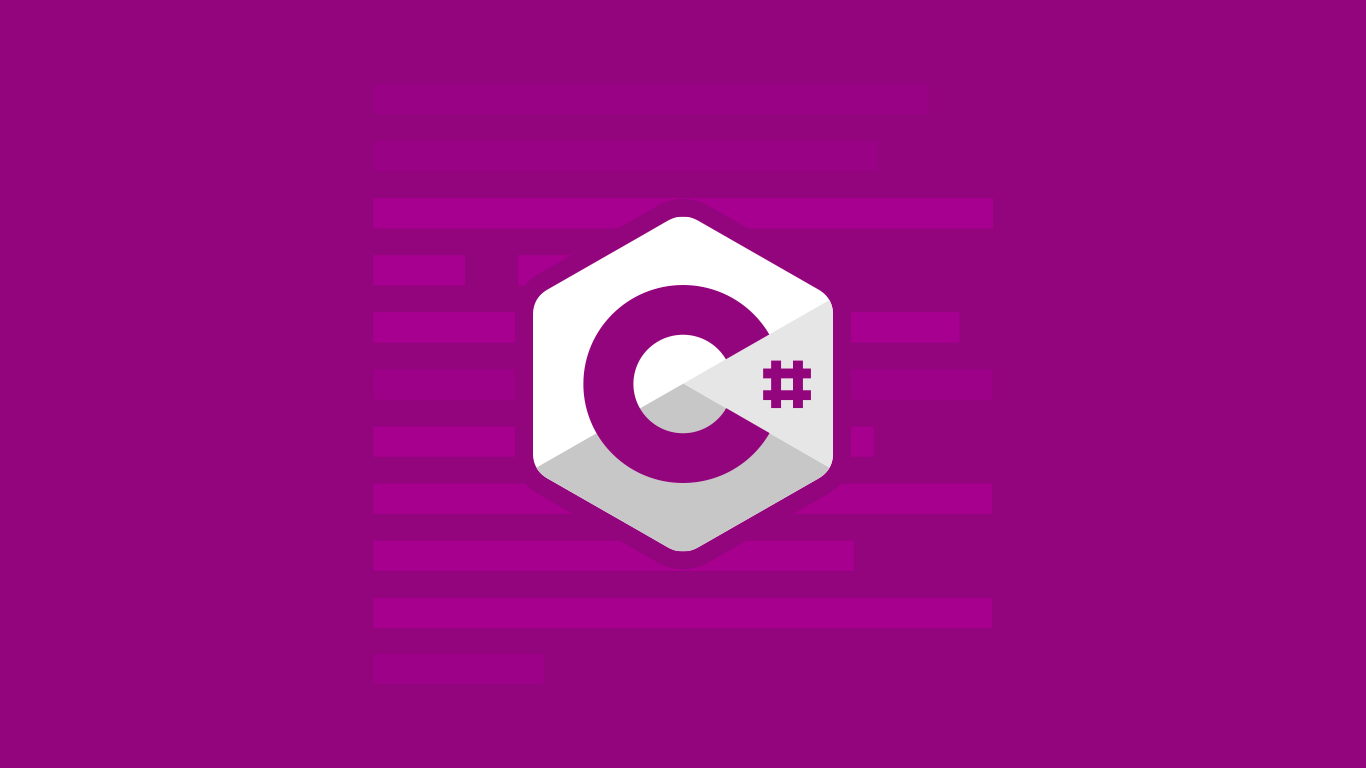.NET数据访问层设计终极对决:Entity Framework vs Repository模式 vs工作单元
作者:微信公众号:【架构师老卢】
3-2 9:38
294

在构建.NET应用时,数据访问层设计常引发架构争议:该直接使用Entity Framework,还是引入Repository模式或Repository+工作单元组合? 本文将深度解析三种方案的优缺点,助你做出明智选择。
方案一:直接使用Entity Framework
核心思想:直接通过DbContext操作数据,无需额外抽象层
代码示例:
// 1. 定义实体模型
public class Product
{
public int Id { get; set; }
public string Name { get; set; } = string.Empty;
public decimal Price { get; set; }
}
// 2. 创建DbContext
public class AppDbContext : DbContext
{
public AppDbContext(DbContextOptions<AppDbContext> options) : base(options) { }
public DbSet<Product> Products { get; set; }
}
// 3. 配置并注册服务
builder.Services.AddDbContext<AppDbContext>(options =>
options.UseSqlite("Data Source=app.db"));
// 4. 在Minimal API中直接使用DbContext
app.MapGet("/products", async (AppDbContext db) => await db.Products.ToListAsync());
✅ 优势:
- 零样板代码:无需实现
GetById()等基础方法 - 极致性能:无抽象层损耗,直接利用EF强大查询能力
- 功能全开:支持
IQueryable、LINQ、延迟加载等高级特性 - 维护简单:修改仅涉及DbContext
❌ 劣势:
- 与EF强耦合:切换ORM需大规模重构
- 测试困难:需依赖内存数据库模拟DbContext
- 逻辑泄露风险:业务逻辑易渗入数据层
方案二:Repository模式
核心思想:通过接口封装数据访问,实现解耦
代码示例:
// 1. 定义Repository接口
public interface IProductRepository
{
Task<IEnumerable<Product>> GetAllAsync();
Task<Product?> GetByIdAsync(int id);
Task AddAsync(Product product);
// 其他方法...
}
// 2. 实现Repository
public class ProductRepository : IProductRepository
{
private readonly AppDbContext _context;
public ProductRepository(AppDbContext context) => _context = context;
public async Task<IEnumerable<Product>> GetAllAsync() =>
await _context.Products.ToListAsync();
}
// 3. 注册服务
builder.Services.AddScoped<IProductRepository, ProductRepository>();
// 4. API注入Repository
app.MapGet("/products", async (IProductRepository repo) => await repo.GetAllAsync());
✅ 优势:
- 高度解耦:数据访问逻辑集中管理,切换ORM只需修改Repository
- 易于测试:通过Mock接口实现单元测试
- 复用性强:跨服务共享查询逻辑
❌ 劣势:
- 过度抽象:EF本身已是Repository,可能造成冗余
- 性能限制:通用接口可能限制EF高级查询功能
- 维护成本:需维护接口与实现类
方案三:Repository + 工作单元(Unit of Work)
核心思想:通过工作单元管理事务性操作
代码示例:
// 1. 定义工作单元接口
public interface IUnitOfWork : IDisposable
{
IProductRepository Products { get; }
Task<int> SaveChangesAsync();
}
// 2. 实现工作单元
public class UnitOfWork : IUnitOfWork
{
private readonly AppDbContext _context;
public IProductRepository Products { get; }
public UnitOfWork(AppDbContext context, IProductRepository repo)
{
_context = context;
Products = repo;
}
public async Task<int> SaveChangesAsync() => await _context.SaveChangesAsync();
}
// 3. API中使用工作单元
app.MapPost("/products", async (IUnitOfWork uow, Product product) =>
{
await uow.Products.AddAsync(product);
await uow.SaveChangesAsync(); // 事务提交
return Results.Created($"/products/{product.Id}", product);
});
✅ 优势:
- 事务管理:确保跨实体操作原子性
- 资源协调:统一管理多个Repository的提交
- 测试扩展性:支持复杂场景的模拟测试
❌ 劣势:
- 复杂度飙升:需维护接口、实现类及依赖关系
- 性能损耗:简单场景下事务管理成负担
- 重复造轮子:EF的
DbContext已内置工作单元
如何选择?
| 方案 | 适用场景 | 不适用场景 |
|-------------------------|---------------------------------------|---------------------------|
| 直接使用EF | 小型项目,快速开发,无需切换ORM | 需要解耦测试或多数据库支持 |
| Repository模式 | 中大型项目,需隔离数据层,便于测试 | 简单CRUD,无需抽象 |
| Repository+工作单元 | 复杂事务,多仓储协调,高一致性要求 | 小型应用,单表操作 |
小型项目可直击EF核心优势,中大型系统通过Repository模式换取灵活性与可测性,复杂事务场景则需工作单元加持。决策时需权衡项目规模、团队习惯与长期维护成本,警惕过度设计。
相关留言评论
昵称:
邮箱:
阅读排行
4027
3038
2649
2555
2333
2399
3324
2194
1983
3176
1994
1790
1894
1882
1771
1859
1592
2794
1666
1605
1664